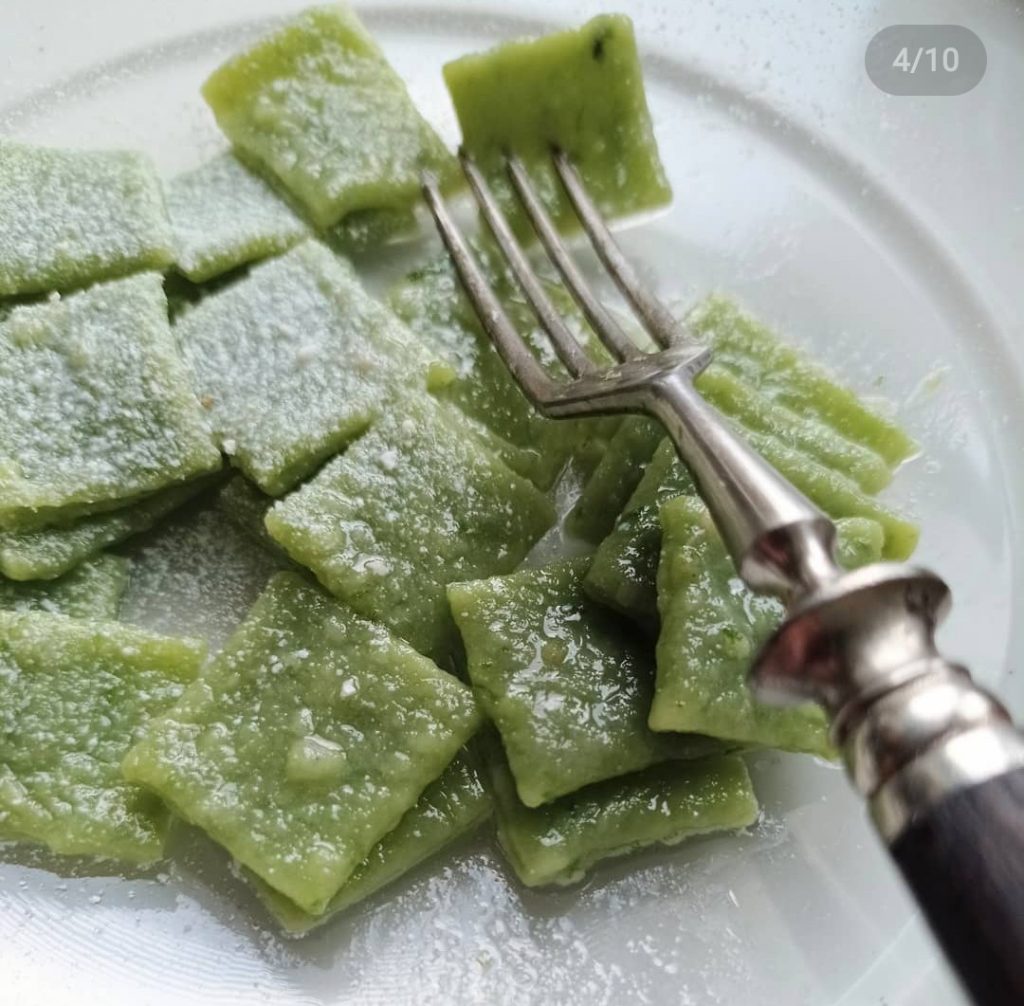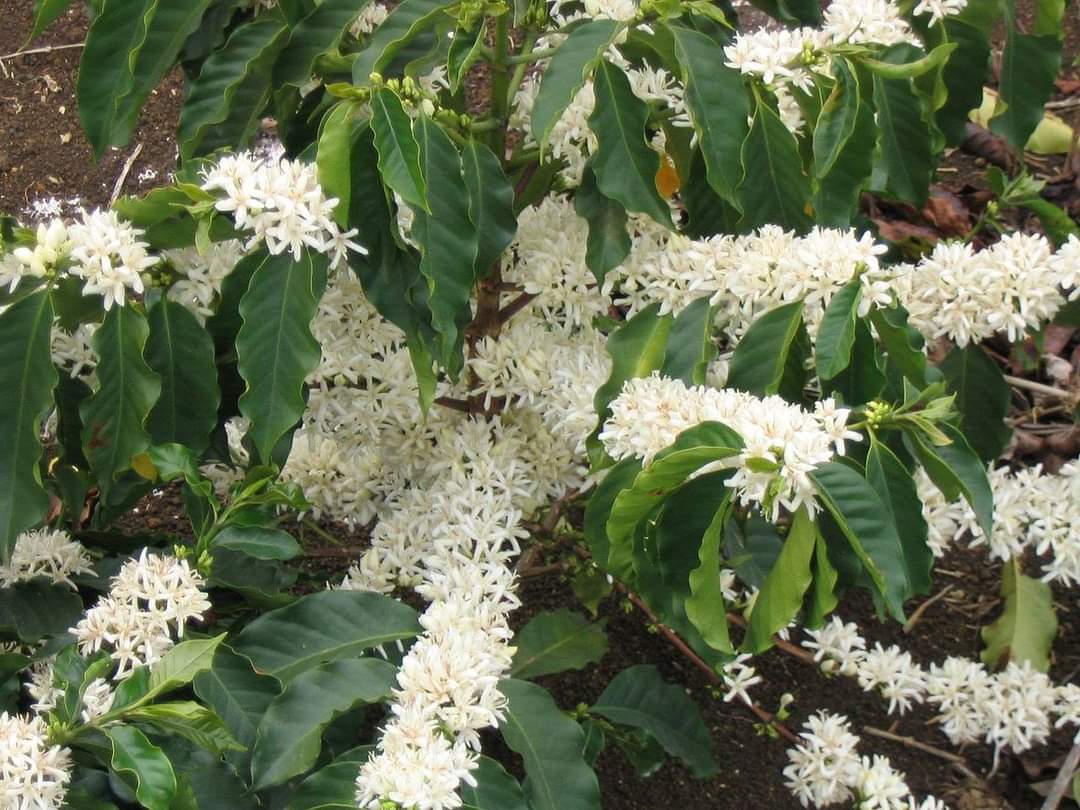When it comes to speak of the SlowFood-com Ark of Taste, many people have many questions about the process of nominating, or at least about the idea, the goal. Indeed, it may seem confusing, but only at the begining. It took us some time in the Convivium to catch the idea. Eight years ago, when I started my public Slow Food activity, I saw it different. I saw it blurred. I just needed proper glasses, not necessarily pink;) That’s why we started our new educational series: “Food Reenactment Methodology. SlowFood-com Ark of Taste in Details”. We launch all episodes under the hashtag:
#FoodReenactmentMethodology

Episode 0: PROLOGUE
Those who devoted some time to understand the Ark’s rules, soon understood the philosophy that stands behind this project. It’s one of the crucial activity of the international SlowFood-com network. It’s not made for the promotion of the marketing ideas of strong producers, no matter how brilliant they are, no matter how much they strengthen the local community. This doesn’t mean, the SlowFood-com network doesn’t support this initiative. Oh, yes, it does, but the Ark of Taste project is made for other purposes and it cannot be overused.
I explained it to numerous people, what the Ark of Taste was. Frankly, not many could have devoted enough time to listen and ask. People are constantly distracted, so deeper discussions are usually impossible (unless I have my talk-flow and force them to listening;). Thus the SlowFood-com movement is still interpreted wrongly, as some expensive, posh, fine dining party. No, from the core, it’s something quite oposite, although…we all like party, sure:)

The main subject of this discussion is not only a human, but a ‘human as a food creator’. This full phrase immediately includes the human in the environmental and social context. All because a human is a social creature and usually a human makes food not only for oneself, but also for wider group – family, clan, local community, friends, company, school group, etc. These issues stand always together: cultural, social and environmental (political too, but let’s skip it now for clearer look;). They all maintain humans’ food activities. I suppose, all know that food made humans start the Neolithic revolution several thousands years ago (depending on location). Not music, not art, not sport, not love, but food. Prehistoric people wanted to be safe and not hungry. That’s why food is the base of the culture overall.
Through food anthropology and food reenactment (culinary reconstruction) I’m encouraging consumers to have a closer look onto those neiche food practices. Those ancient or even prehistoric culinary traditions (like collecting edible local plants called ‘wild’) still exist as relics. They still enable many people doing this for their living. That’s what the Ark of Taste is to protect. It’s a digital food museum, so in this term it should have actually the status of a virtual museum. This procedure would locate the Ark of Taste project into the structure of many ministries of cultural heritage in diverse countries. Of course, it would mean wider development, deeper protection and stronger support for the manufacturers – if only the nominations will be made properly and not for marketing wrong products. I believe, an Ark of Taste Commission would stand for this protection.

All those archaic, ancient food related traditions are the core idea of the Ark of Taste. They are often subjects of income of representatives of the local communities. What is archaic, what is old, what is experienced and tested for ages, is good – not always, but usually, and this refers both to things, and to people. Collaboration of youngers and elders is necessery in all means – not only by “oh, come on, marry somebody at last, set a family and settle down, you’re not a baby anymore!” or… “this was in your past generation; mine is different now!”.
Especially nowadays, when manual work and tools let people cut down the energy consumption and expences. Replacing an electric blender with a stone or wooden mortar and pestle is not a hipster’s fuss, but an ancestors’ wisdom. It helps, not breaks. It will also increase your fitness skills for free;)
One of our local, from Dolny Śląsk, products succesfully nominated in the SlowFood-com Ark of Taste is Dolnośląski Piernik Figuralny, a type of what we call Pyerneek. We launched two ebooks – in English & in Polish – with stories and recipes related to this amazing product: symbolic, sweet, spicy bread that once was a gift or a ritual item and is strongly associated with woodcarving and pottery artcraft. The ebooks are available via links:
ENGLISH version + POLISH version

To be continued in Episode 1. Dried Cheese
Anna Maria Rumińska: cultural anthropologist, ethnographers, ethnologist, food study expert, chef reenactor, architect, uncultivated plants forager & educator, permaculture gardener, culinary reconstructor & curator, founder of the ‘Chwastozercy Ancient SlowFood’ group, leader of the convivium ‘Slow Food Dolny Śląsk’ that refers to the South Western Poland region (EN: Lower Silesia, IT: Bassa Slesia).



